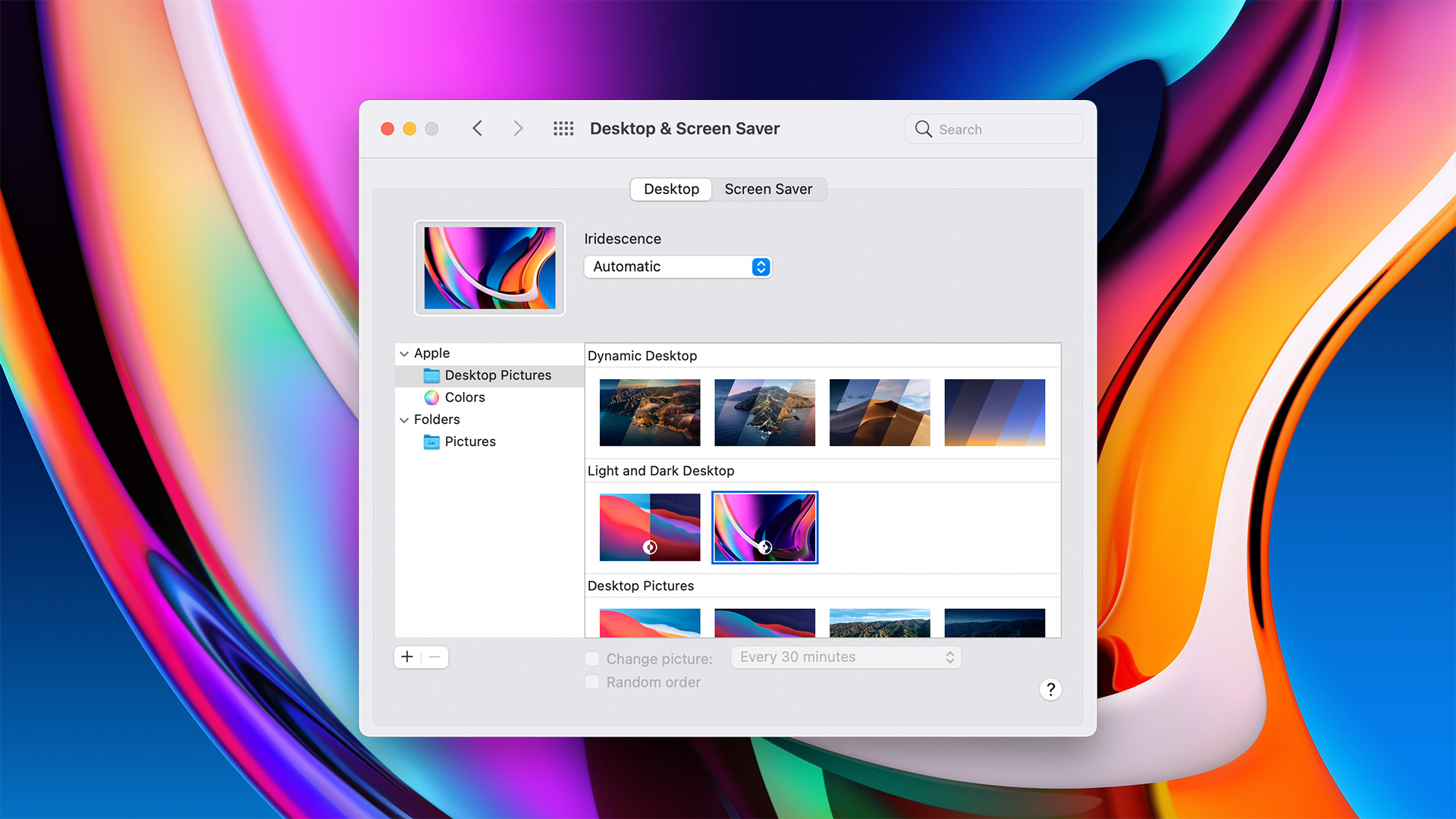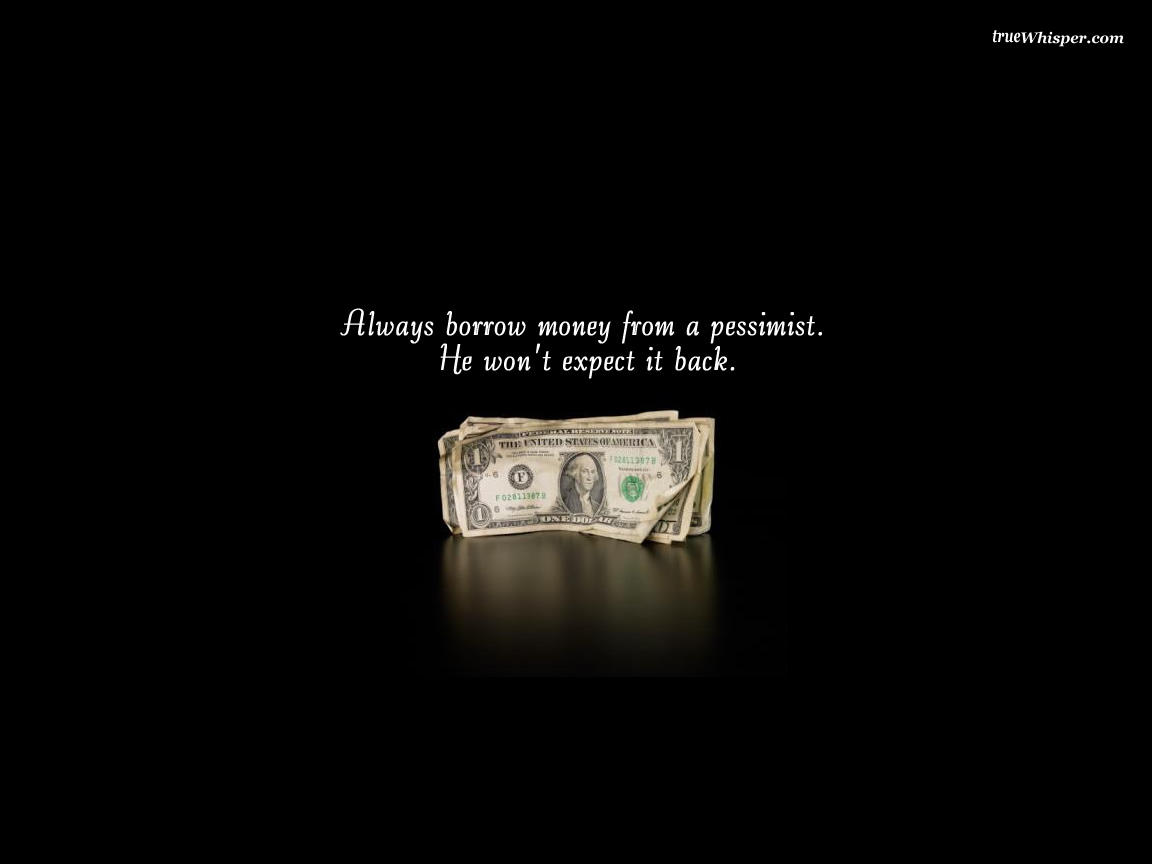


Just repeat the steps above to paste in new icons for them. The Inspector window will stick around and show details of other file(s) or folder(s) you select. Note that this won't work on a file or folder alias. See the small icon at the very top left of the Inspector window? Click it once, then tap Cmd + V to paste in your new icon (or click Edit > Paste). Select the file or folder whose icon you want to replace, then tap Alt + Cmd + I ( Option + Cmd + I on some keyboards) to bring up the Inspector (info) window. Select all (Cmd + A, or Edit > Select All) and then copy it (Cmd + C, or Edit > Copy).
#Wallpaper for 2011 mac download#
If using an icon, choose to view the highest-resolution version in GIF or PNG format and download it to your computer (just drag it from the browser to a Finder window).ĭouble-click to open the picture or icon using Preview. You'll find loads online, such as here, or you can use your own image.
#Wallpaper for 2011 mac windows#
And you can set the top menu bar to automatically hide and reappear when moused over, if you wish.Īlso in System Preferences you can mitigate some of the 'flat' look in recent editions of macOS by clicking the Accessibility icon (instead of General), selecting Display at the left, and putting a tick alongside either 'Reduce transparency', which will turn off translucent window backgrounds, or 'Increase contrast', which will add thin black borders to windows and toolbars.įor two decades it's been possible to use your own images to customise a Mac's file or folder icons. There's a dark mode, which turns the dock and the top menu bar and dropdowns black - this looks quite smart, we think. In among the dropdowns, however, you'll see two more tickboxes. The first three dropdowns on this screen let you set the buttons, menus and windows in either blue or graphite highlights (when selecting text or an icon) in any of nine preset colours, or from anywhere on a colour wheel by selecting Other and the sidebar icons in Finder as small, medium or large. Select one you like then right-click and Set Desktop Picture.Īpple allows a very modest set of visual customisation options for your Mac's interface, and you'll find the options by opening System Preferences and clicking the General tab. In the dialog box that appears, paste in /Library/Screen Savers/Default Collections. Click a blank spot on the desktop, then tap Shift + Cmd + G.

Here's a handy hint: you can easily make the wallpaper thumbnail images larger in System Preferences by hovering the mouse cursor over them and using the pinch-expand gesture on your trackpad.Īpple provides some amazing images as part of its screensavers and you can nab them for desktop wallpaper. We recommend using 'Random order' as well. If you want the desktop to change automatically, select a folder from which to draw these images and tick 'Change picture' and select a frequency. (Select Fill Screen, Center or however you want the image to be fitted to the screen space using the dropdown to the right of this rectangle.) And any time you find a picture you like while using Safari, right-click it and select Set Desktop Picture (or Use Image As Desktop Picture in older versions of macOS). You can set your own image by simply dragging it on to the screen preview rectangle at the top left. It's easy to change the wallpaper on a Mac: just right-click the desktop and select Change Desktop Background, or open System Preferences and select the Desktop & Screen Saver option.


 0 kommentar(er)
0 kommentar(er)
